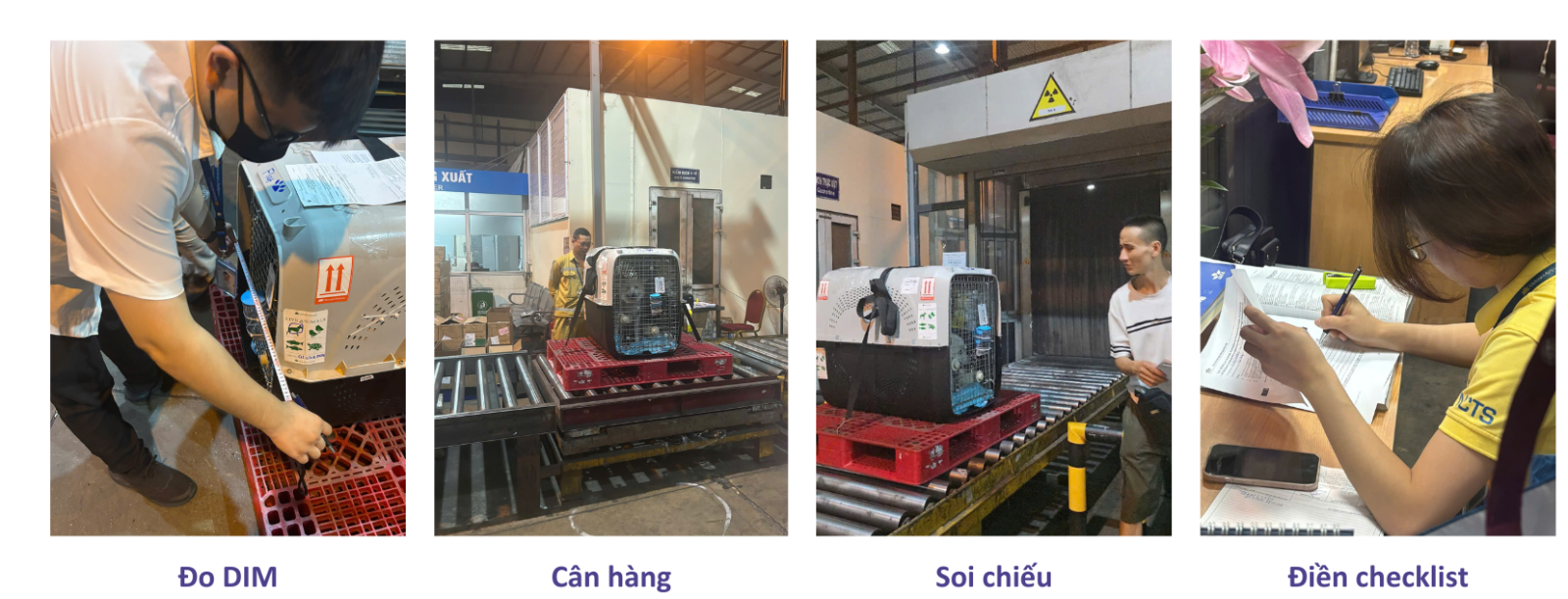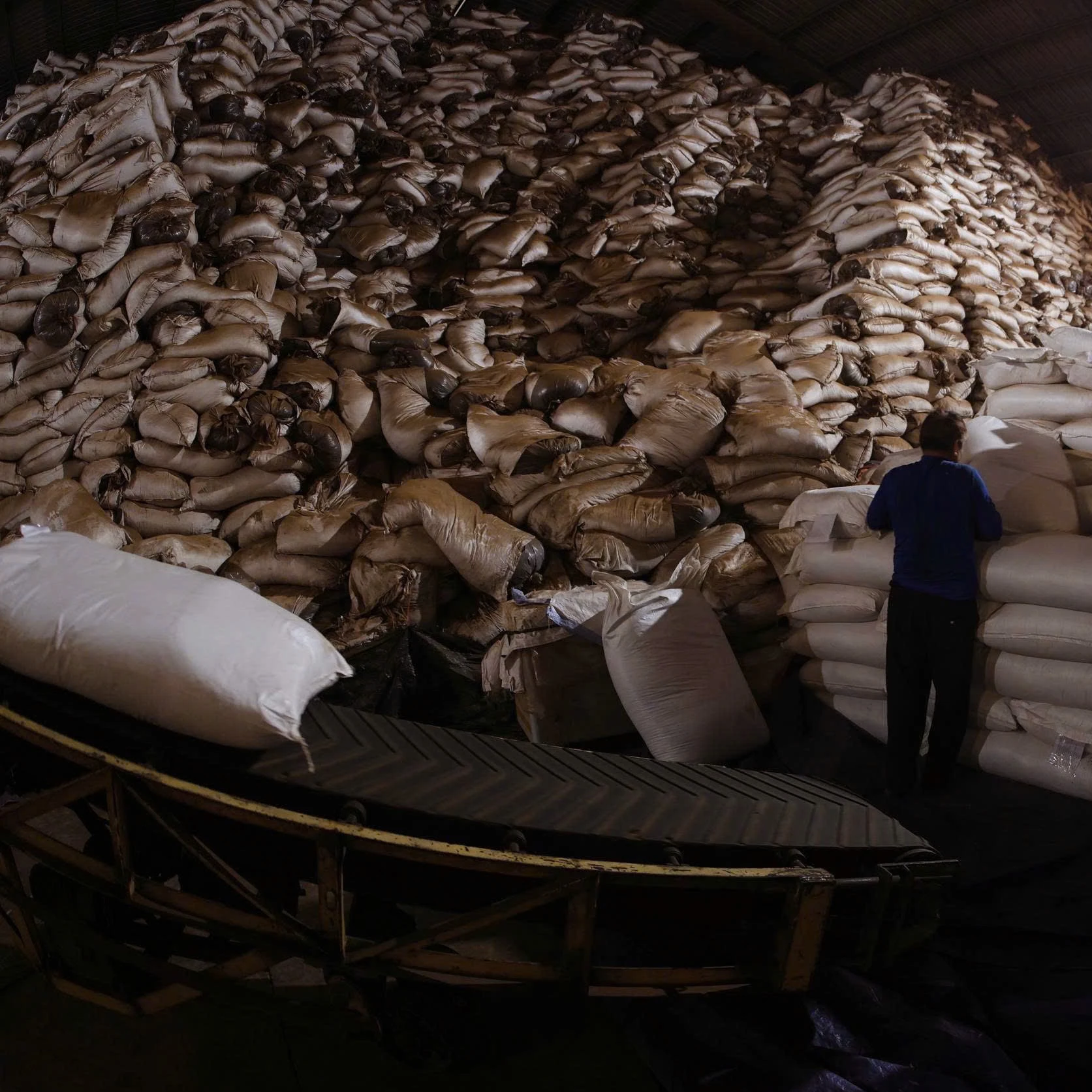Recolating Pets from Vietnam to Australia
Posted on: October 14, 2025Why Pets Cannot Go Directly from Vietnam to Australia
Australia has strict biosecurity rules to protect against rabies and other diseases.
To manage this, countries are divided into three groups (Group 1, Group 2, and Group 3), with different import conditions for pets. In addition to those three groups, there is also a large number of countries that are not approved for direct import to Australia. If your pet is currently living in one of these countries, it will need to transit through an approved country in group 2 or group 3 and meet the import requirements of that country before entering Australia.
Vietnam is not listed in any of these groups. This means that pets in Vietnam cannot fly directly to Australia.
🐾 Step 1: Move Your Pet from Vietnam to an Approved Country
Before flying to an approved Group 2 or 3 country (such as Singapore or Japan), you need to prepare essential documents and procedures. Requirements may vary depending on the destination, but generally include:
- Microchip: Pets must be implanted with an ISO-compliant microchip before any vaccination.
- Vaccinations: Rabies and core vaccines must be up to date and properly documented.
- RNATT Test: The Rabies Neutralising Antibody Titre Test must be completed, proving sufficient rabies antibody levels.
- Health Certificate issued by an officially licensed veterinarian in Vietnam.
- Import Permit (if required by the destination country).
🐾 Step 2: 180-Day Stay in a Transit Country
- Pets must reside at least 180 consecutive days in the Group 2 country.
- During this time, additional blood tests, parasite treatments, and veterinary checks are required to meet Australia’s strict biosecurity rules.
If you cannot personally relocate to a Group 2 country with your pet, Trustana has solutions for you. We work with reliable partners in Singapore and Japan, where your pet will be cared for during the 6-month stay:
- You can visit your pet in person during their stay.
- In Japan, facilities are equipped with live camera monitoring, so you can watch your pet from afar.
- In Singapore, our partners provide professional care and regular health updates.
With this arrangement, you can be confident that your pet will receive the best care and preparation before their final journey to Australia.
🐾 Step 3: Veterinary Preparation in the Transition Country
In the approved Group 2 country, pets must undergo a series of health checks and laboratory tests according to Australian standards.
Required procedures include:
- Vaccinations: Complete all required vaccines, including rabies, after microchip implantation.
- RNATT Test: Ensure results remain valid and meet Australian import requirements.
- Parasite Treatments: Internal and external parasite treatments for dogs and cats.
- Clinical Examination & Health Certificate: Schedule a pre-export clinical examination at least 5 days before departure.
- An official veterinarian will issue a Veterinary Health Certificate, endorsed by the government.
- This certificate must comply with Appendix 1 of the Australian Import Permit.
🐾 Step 4: Import Permit & Quarantine in Australia
- Import Permit
- Apply for an Import Permit from the Australian Department of Agriculture, Fisheries and Forestry (DAFF).
- You can apply online through the BICON system, or Trustana can assist with the process.
Note: Application forms differ for cats and dogs. Processing time usually takes 20–40 business days.
Quarantine Booking
- Once the Import Permit is issued, you must reserve a place at the Post Entry Quarantine (PEQ) Facility in Mickleham, Melbourne — the only government-approved facility in Australia.
- Pets are required to stay for at least 10 days upon arrival.
- The facility is designed to provide a safe and comfortable environment during this period.
- Submit the quarantine booking request immediately after receiving the Import Permit to avoid delays. Applications are generally assessed within 7 days of receipt.
🐾 Step 5: Airline Booking
Once your pet has completed the 180-day stay and veterinary preparation in the approved Group 2 country, the next step is to book a flight to Australia.
Key requirements:
Flight Route: Pets must arrive only at Melbourne International Airport - no other entry point in Australia is accepted.
Cargo Requirement:
- All cats and dogs flying to Australia must travel as manifest cargo under an Air Waybill (AWB).
- They cannot travel in-cabin or as accompanied baggage.
Please note: If you do not choose a direct flight to Australia, the following rules apply for transit routes:
- Stay on Aircraft: Pets may transit through any country as long as they remain onboard in the international section of the airport.
- Aircraft Change: Pets may only change aircraft in:
- A Group 1 or Group 2 approved country, OR
- Certain approved cities in Group 3 countries.
- Conditions during transit: Pets must remain in the international zone, under supervision by the local authority, and isolated from other animals.
🐾 Step 6: After Your Dog Arrives in Australia
Arrival at Melbourne International Airport
- Your pet must arrive at Melbourne International Airport before the import permit expires.
- All required documents, including the import permit and veterinary health certificate, must travel with your pet and be attached to the transport crate.
On Arrival
- As quarantine is mandatory, officers from the Department of Agriculture, Fisheries and Forestry (DAFF) will collect your pet directly at the airport and transfer them to the Mickleham Post-Entry Quarantine (PEQ) facility.
- A biosecurity officer will:
- Escort your dog to the quarantine facility.
- Help them settle in after the flight.
- Conduct health checks to ensure your dog is free from infectious diseases and parasites of biosecurity concern.
- Review import documents to confirm all entry conditions are met.
Accommodation During Quarantine
- Dogs are housed in individual, spacious, climate-controlled kennels.
- They are provided with quality food, grooming, and enrichment activities to reduce stress.
- Owners will receive updates on their pet’s health and wellbeing during the quarantine stay.
- Dogs and cats are housed in separate areas; if you have multiple pets, the facility will try to place same-species animals in adjacent kennels where possible.
🐾 Pet Relocation with Trustana
Relocating a pet from Vietnam to Australia requires careful planning and adherence to strict biosecurity regulations. While the process is complex, Trustana’s expertise ensures your pet’s journey is safe, legal, and stress-free.
📞 Contact us today to start planning your pet’s relocation to Australia with confidence.
Ready to relocate your pet? Visit Trustana for personalized assistance and expert guidance every step of the way. 🐾
 +84 966 814 138
+84 966 814 138 ceo@trustana.vn
ceo@trustana.vn


